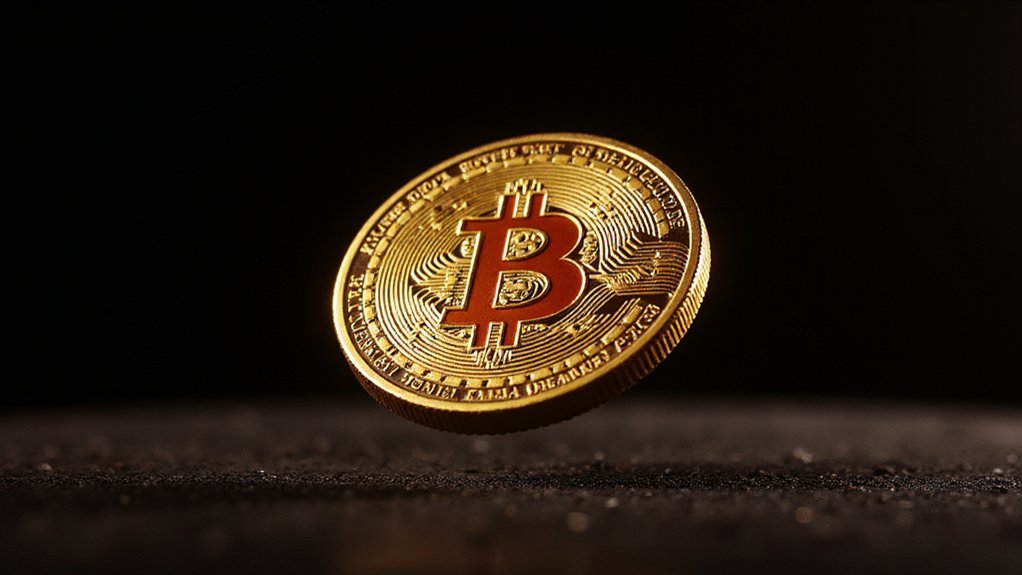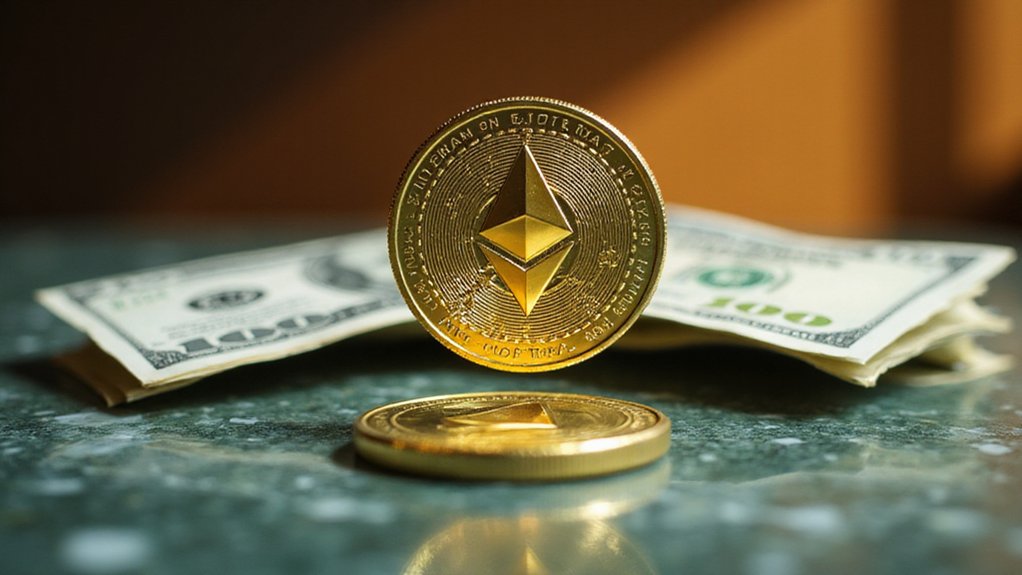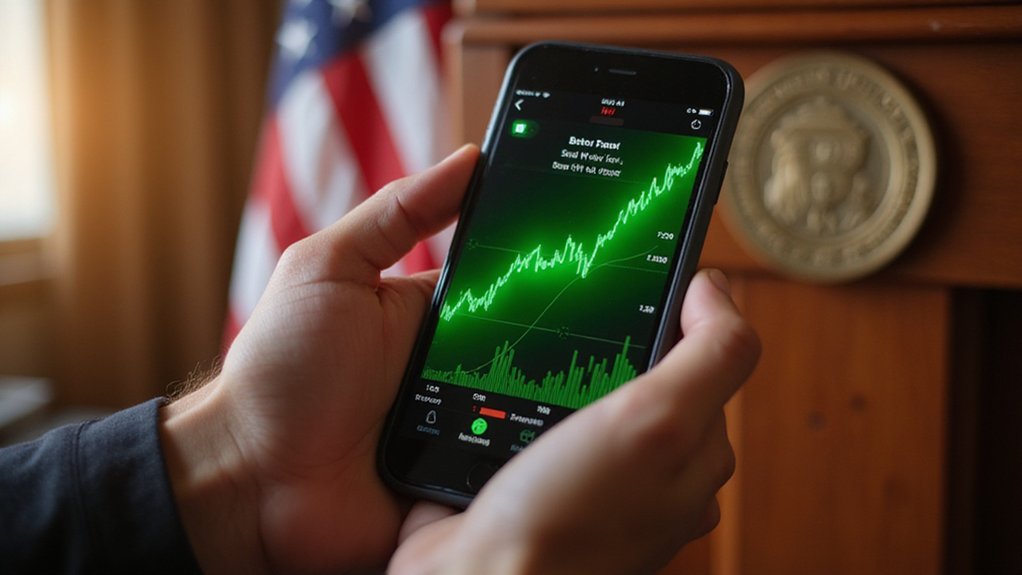While cryptocurrency markets have witnessed their share of speculative frenzies—from meme coins inspired by internet dogs to NFTs of pixelated avatars—the emergence of artificial intelligence tokens represents something considerably more substantive, if no less remarkable in its trajectory.
The numbers themselves tell a rather extraordinary story: AI tokens have ballooned from a modest $2.7 billion market capitalization in April 2023 to over $36 billion by mid-2025, with more than 200 distinct tokens now populating this nascent ecosystem.
This proliferation extends beyond mere speculative enthusiasm. AI tokens serve functional roles that distinguish them from their more whimsical cryptocurrency predecessors—facilitating payments for AI-powered services, incentivizing network participation through reward mechanisms, and granting governance rights to token holders.
Unlike their frivolous predecessors, AI tokens deliver substantive utility through service payments, participation incentives, and governance mechanisms.
BitTensor’s TAO token, valued above $425 with 17% appreciation over the past year, exemplifies how decentralized AI ecosystems can generate tangible value propositions.
The integration of artificial intelligence into cryptocurrency infrastructure addresses fundamental challenges that have long plagued digital assets. Machine learning algorithms now detect fraudulent activities and transaction anomalies in real-time, while automated monitoring systems reduce human error and accelerate threat response times.
This technological convergence has produced AI-enhanced blockchain transparency that fosters increased trust among stakeholders—no small feat in an industry historically characterized by volatility and skepticism.
Perhaps most intriguingly, AI-driven predictive analytics are revolutionizing trading methodologies. Sophisticated algorithms optimize transaction speeds while minimizing costs, and autonomous trading bots execute trades based on real-time data analysis. AI tokens now drive automation in crypto trades, fundamentally transforming how digital asset transactions are executed across the market.
The fusion eliminates emotional decision-making (a perennial weakness in human traders) by substituting data-driven insights for psychological impulses.
Regulatory developments further bolster this sector’s legitimacy. The repeal of SEC’s SAB 121 impacts accounting practices for crypto assets, potentially easing operational burdens for AI crypto firms.
Enhanced regulatory clarity may accelerate institutional adoption of AI-powered crypto products, while artificial intelligence simultaneously assists in automating compliance checks under evolving accounting standards. This approach mirrors emerging vibe coding methodologies where AI systems handle complex implementation tasks by interpreting natural language descriptions of desired outcomes.
Though AI crypto currently represents merely 0.67% of total cryptocurrency market capitalization—approximately $20 billion—its rapid growth trajectory and functional utility suggest this percentage may prove historically significant in retrospect. The remarkable success of individual tokens like Fetch.ai’s FET, which experienced a 329% increase between mid-February and mid-March 2024, demonstrates the explosive potential within this sector.









